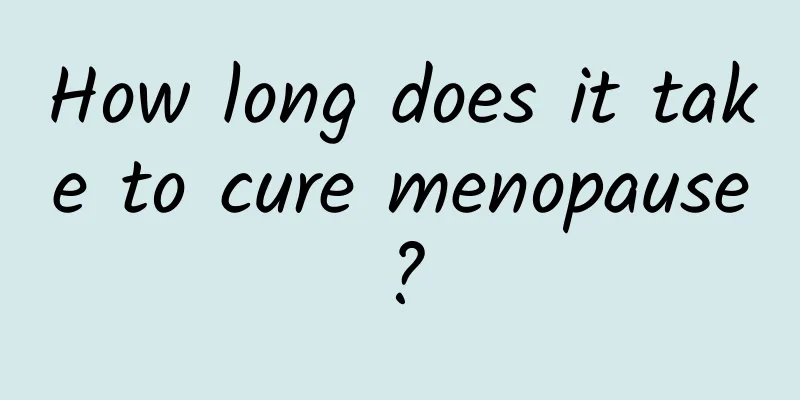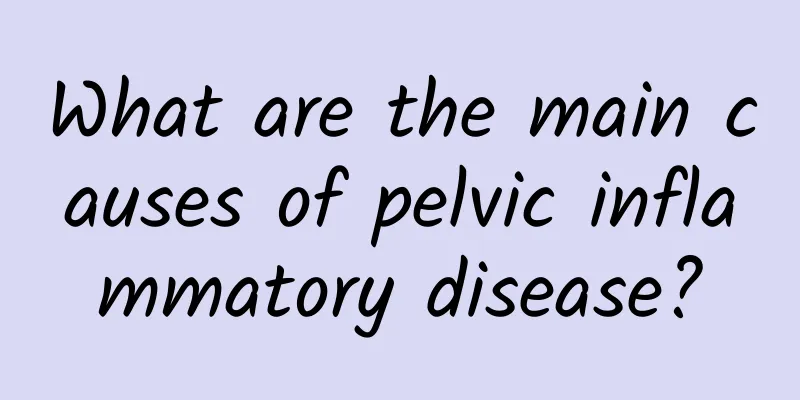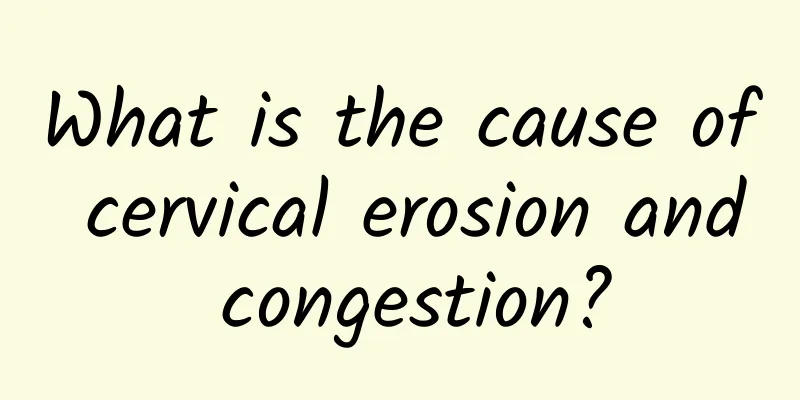How long does it take to cure menopause?

|
Every woman will experience the physiological phenomenon of menopause, so it is important to understand the issue of menopause in advance. Menopause refers to the decline of ovarian function and the cessation of menstruation. The treatment of menopause is also an issue that many women are concerned about. There are three treatment methods for menopause. In principle, the goal should be to maintain the health of the body. How long does it take to cure menopause? Physiological supplements: The purpose is to make the organs of postmenopausal women function physiologically as much as possible to maintain their health, not to restore their endocrine status to the level of the ovarian cycle during the reproductive period, which is physiological supplementation. Physiological supplementation mostly advocates the use of natural estrogen, that is, the chemical structure of estrone, estradiol and estriol. During the menopausal transition, hormone replacement therapy (HRT) should focus on progesterone supplementation: During the menopausal transition period, the growth and development disorders of follicles gradually increase, and finally the functional follicles disappear from the ovaries. The corresponding changes in estrogen and progesterone during this period are: first, there is a relative lack of progesterone, then lack; estrogen deficiency changes periodically, although there may be a transient relative excess, the total amount gradually decreases, and finally to lack, forming a relatively excessive or single unopposed estrogen stimulation for a long time. Some women may have different degrees of proliferative changes in the endometrium, and even malignant changes. Therefore, this period should be based on periodic supplementation of progesterone to adjust the menstrual cycle and prevent endometrial proliferative lesions. As estrogen gradually becomes deficient, estrogen can be supplemented at the same time. Postmenopausal HRT should focus on estrogen supplementation: The activity of ovarian follicles basically stops in the early postmenopause period. The blood estradiol concentration drops from about 150-1500pmol/L in the reproductive period to below 80pmol/L within 1-2 years, which is lower than the basic level for maintaining the physiological functions of the body's organs. Endometrial atrophy is completed within 2-3 years after menopause, and the rate of bone loss is fastest within 1-3 years after menopause. Corresponding degenerative changes occur in various organs throughout the body. Therefore, to prevent postmenopausal degenerative lesions, timely and long-term estrogen supplementation should be used. To counteract the side effects of estrogen on endometrial hyperplasia, those with a uterus need to add progesterone. |
<<: Why is menopause difficult to cure?
>>: Why menopause is hard to cure
Recommend
What are the methods for treating cervical erosion?
What are the methods for treating cervical erosio...
What happened if I didn’t have my period for a month after medical abortion?
What happened if I didn’t have my period for a mo...
Super hot! Song Ji Hyo loses weight by yoga and sleep
[Key Points]: Korea has both natural beauties who...
Is pelvic inflammatory disease contagious? What are the ways?
Many people know that pelvic inflammatory disease...
Why does vaginitis always recur?
What is the reason for the recurrence of vaginiti...
Cure rate of mild cervical precancerous lesions
Cervical precancerous lesions are common gynecolo...
How to check for pelvic inflammatory disease and adnexitis? How to check for pelvic inflammatory disease and adnexitis?
How to check for pelvic inflammatory disease and ...
How harmful is functional uterine bleeding to the body?
If functional uterine bleeding is not treated in ...
What soup is good to drink after uterine fibroid surgery? Dietary care methods for uterine fibroids
Uterine fibroids appear as solid spherical masses...
Which department should I go to for cervical warts
In daily life, cervical warts are one of the comm...
What are the symptoms of benign uterine fibroids and what types of surgeries are there for uterine fibroids?
With the continuous development of society, many ...
What if there is blood after the menstrual period?
What if there is still blood after the menstrual ...
Are medications usually effective in treating cervical erosion?
Women with cervical erosion should use medication...
Can drinking soy milk help you lose weight? ! PK Black Soy Milk, Salty Soy Milk Which one has the highest calories?
Breakfast is the most important meal to start the...
What causes lower abdominal pain before menstruation?
Lower abdominal pain before menstruation is often...









